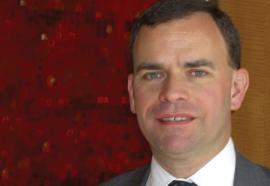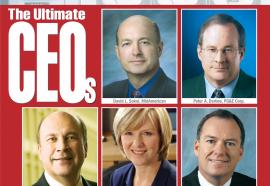Where Have All the Mergers Gone?
EPACT and the repeal of PUHCA have not affected the pace of utility acquisitions.
Why do we still have several hundred shareholder-owned electric utilities in the United States, not to mention several thousand municipal and cooperative ones?









